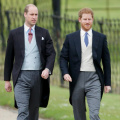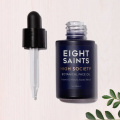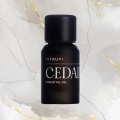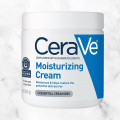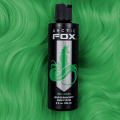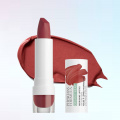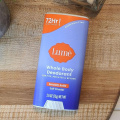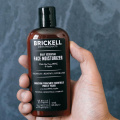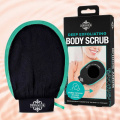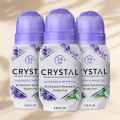How to Use a Hair Straightener for Gorgeously Slick Locks
Let the experts guide you on how to use a hair straightener for achieving sleek hairstyles while maintaining your hair health.
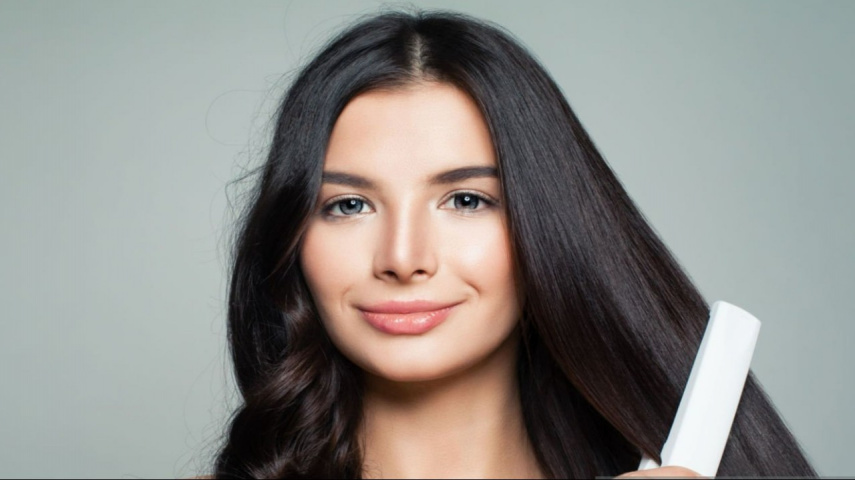
Whether you have long, short, thick, or thin hair, all you need to know is how to use a hair straightener in the best way to achieve sleek, salon-worthy hairstyles. It’s certain to note that smoothing your tresses is far more than simply gliding on the heat plates. From proper conditioning to coating your strands with heat protectants, there are a few things to bear in mind as you strive to maintain your hair health. Read on to unravel all the haircare entailments that accompany the hair-straightening process with your preferred tool.
What to Apply Before Using Hair Straightener for Minimal Damage
For any kind of heated treatment meted out to your mane, especially for achieving straight strands, a definite haircare regime must be put in place. From shower hacks to dry hair product lineups, here are the pro tips you can’t miss:
Shower preps:
Whether you have curly hair, wavy hair, or even straight hair, go for conditioners and shampoos that feature smoothing and moisturizing properties. If you begin the conditioning process initially, it is likely you won’t end up with frazzled hair, which usually occurs due to dry and brittle hair strands. You may also detangle your strands gently through the conditioner, to prevent frizzy combing later on.
Drying:
Once you are out of the shower, make sure you only pat dry the hair with a soft t-shirt or a microfiber towel. It’s best to keep your blow dryer away to achieve that sleek look. If you are in a hurry and have no option but to use a hair dryer, use it with back-and-forth shaking motions by keeping the nozzle facing downwards. It’s essential to note that your hair must be completely dry to avoid any sizzling or frying of hair.
Use a heat protectant:
To minimize heat damage, apply your heat protectant spray or serum on damp hair — this also tames the frizz. Make sure it has ingredients that do not weigh down your hair. The product should offer up to 450 degrees of heat protection and work efficiently on thick strands too.
Choosing the Right Type of Hair Straightener
Just as essential as the prepping process is, your flat iron or hair straightening tool deserves equal attention. The right tool will help you achieve the desired results with minimum damage, lesser effort, and instant results. Studies have proven, that With endless options intimidating your decision-making process, picking your best mate that lasts you a long time may feel daunting. Consider the following tips to ease your purchase.
1. Plate materials:
Primarily there are three kinds of materials used in the making of flat iron straightener plates — ceramic, tourmaline, and titanium. Let’s break down these for you to choose one!
- Ceramic straighteners are the most popular ones as they deliver sleek and straight hair, from roots to tips. Ceramic is also credited for its even heat distribution and well-maintained higher temperatures which ensures lesser damage and more efficient application (1).
- Tourmaline plates are made with finely grounded tourmaline powder, which is essentially a crystal. This powder is imbued with ceramic coating to make the flat iron plate which is perfect for zapping frizz, and static hair effect, and reducing the appearance of damaged, dull, or broken hair. Tourmaline even works at lower temperatures, resulting in better moisture retention. This material is best for those prone to damaged hair.
- Lastly, titanium plates for straighteners are meant to heat up in minimal time. As they emit high heat, they speed up the process of straightening. However, the catch is that these types of flat irons can damage your hair strands, therefore, using a strong heat protectant is highly needed.
2. Types of hair straighteners:
Since there are ample straighteners available for smoothing your locks, you can look for aspects like plate size, heat settings, product dimensions, and multipurpose usage.
- The most prevalent type is the flat iron — it has two hot plates that clamp your locks in between to give fresh, smooth, and straight tresses.
- Another rendition, which is relatively a newer launch, is the straightener brush. These heat-inducing combs run through your locks to straighten them in a much safer manner, even though their results are not as slick as the flat irons. You can use these combs for everyday use.
3. Heat settings and plate width:
Go for irons that have multiple heat settings so you can easily switch, according to your hair needs. Other aspects to look for are auto-shut-off, dual voltage, and quick cooling down which ensures safety.
Coming to the plate width, the ideal range is between 1 to 1.5 inches. While choosing the size of the iron, weigh your options based on your usage. For instance, if you are looking to fetch a carry-on buy a mini, travel size. For general use, a regular one shall suffice. Being lightweight and with a long cord is always a bonus.
Tips on How to Efficiently Use Your Hair Straightener
Temperature settings control:
The most crucial aspect in terms of hair health comes down to the heat treatment. The cell membrane complex is vulnerable to treatments like hair straightening (2). Quicker results are delivered by higher temperatures, which can go up to 450 degrees. However, this is also perilous for your mane. It is advisable to stay in between the range of 300 to 350 degrees, especially for finer hair, color-treated, or damaged hair. If you have thicker and coarse hair, you can exceed the limit to 410 degrees. With tourmaline and ceramic plates, the heat distribution is equal which enhances the ironing experience.
Sectioning:
Taking your hair into sections is optimal for both you and your heating tool. With neatly separated sections, you will end up with the most efficient results. Not only will this method minimize your efforts and time, but it will also allow your machine to precisely flatten each thin lock. While you hold out your hair strands, make sure the grip is taut, and a tad bit snatched from the scalp. This will ensure fewer gliding and clamping repetitions, resulting in a lower risk of heat damage. Start at the roots and firmly glide down the flat iron towards the roots.
Finishing touches:
Before heading out, complete your hair care routine with the finishing products. You will need hair serums, creams, or sprays that zap the frizz and add shine, for sleek hair and a smooth finish. A holding or fixing spray can also be used to keep the straightening treatment intact for long hours. It is also proven that the use of hair-care cosmetics aid in restoring hair cuticles and prevent hair breakage caused by loss of hydration and moisture (2).
Important Notes to Remember on How to Use a Hair Straightener
- Begin your straightening process on clean and dry strands.
- Prep the hair before heat exposure by using a heat protectant.
- Choose a straightener for your hair type and one that causes minimum heat damage.
- Ensure that the heat temperature is well-monitored.
- Start straightening the hair at least an inch above the roots.
- Carefully create sections of hair, for best results.
Conclusion
Knowing how to use a hair straightener correctly and most efficiently is as necessary as selecting the best heating tool. Maintaining hair health is non-negotiable and cannot be overlooked, whether you use the flat iron daily or occasionally. From using the right products in the shower to following all the hair care steps, there are a few things to consider in order to protect your hair from heat damage and get quick results. Straight hair that is shiny and frizz-free, can instantly elevate your look. Peruse our guide to know all the hacks and tips from the pros!
ALSO READ: Benefits of Argan Oil for Hair: The Magic of Liquid Gold





 JOIN OUR WHATSAPP CHANNEL
JOIN OUR WHATSAPP CHANNEL











